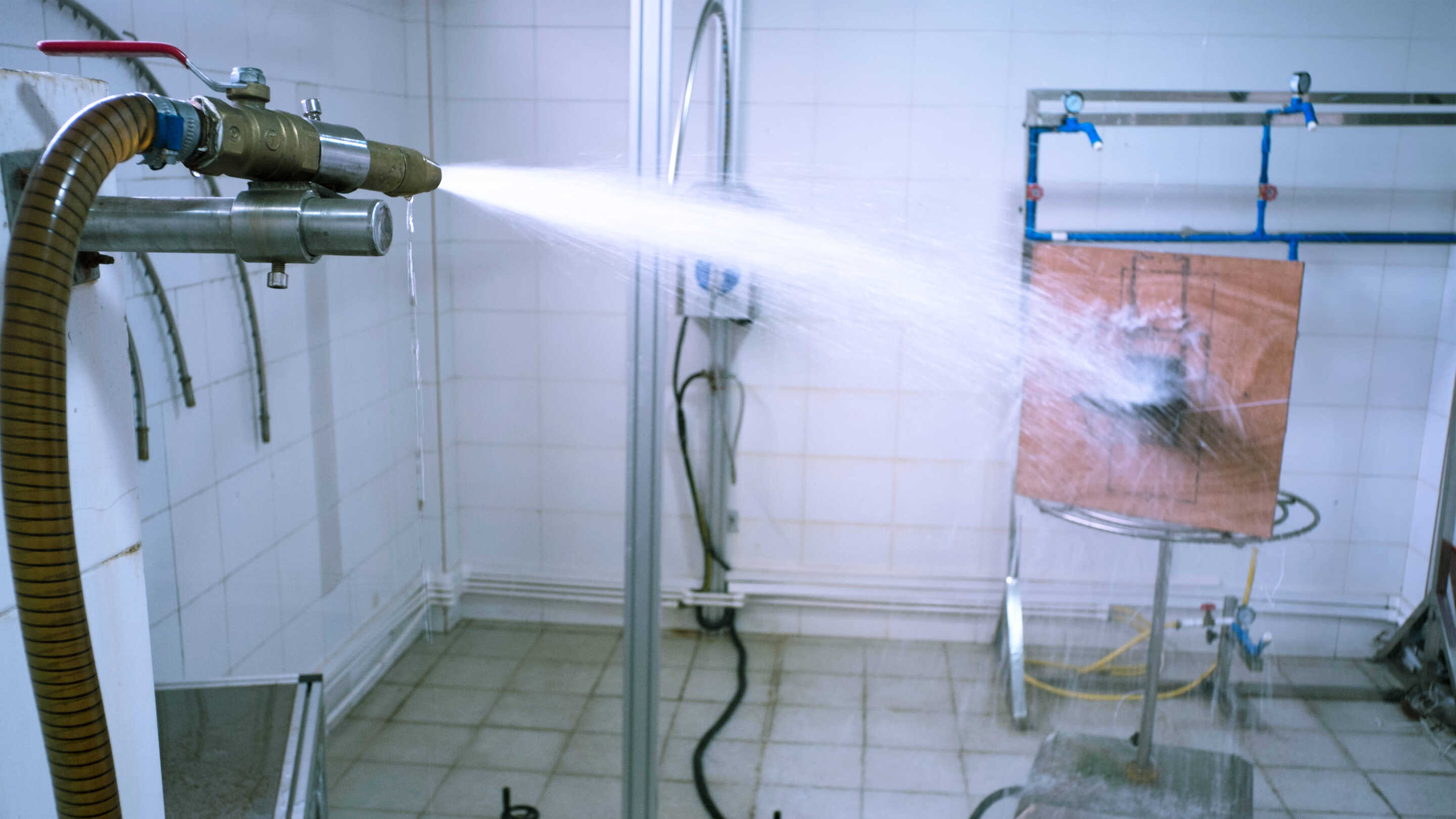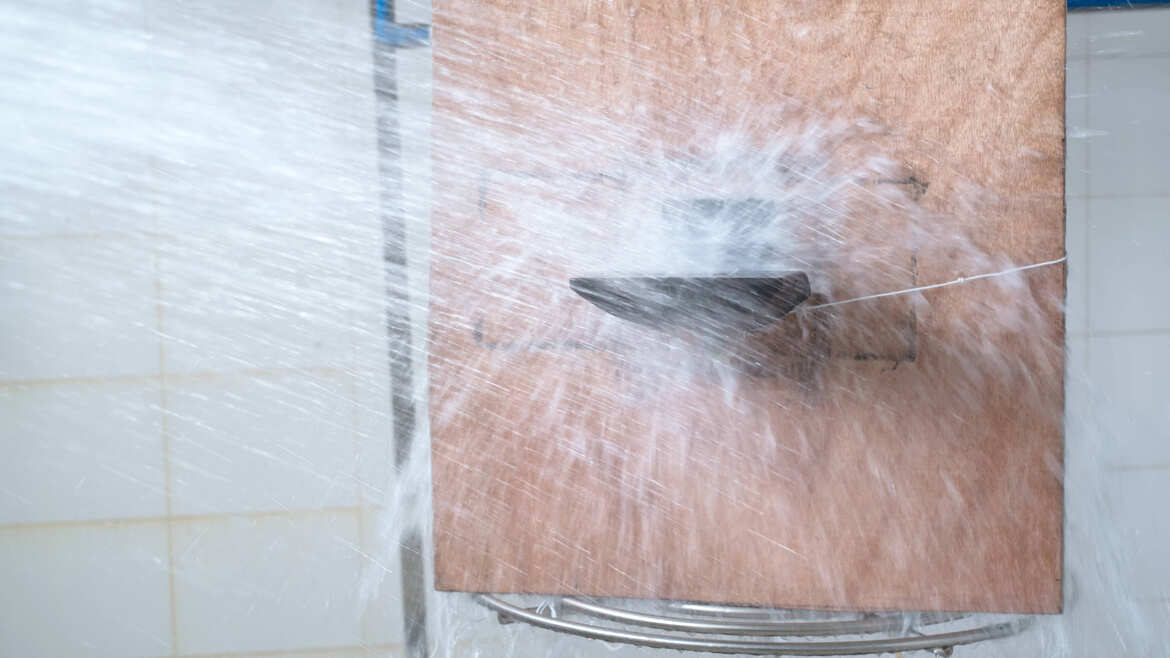
Understanding the EN/IEC 60529: The IP Code Standard
EN/IEC 60529, commonly referred to as the IP Code, provides a standardized way to determin the protection level of electrical devices against solids and fluids.
What is EN/IEC 60529?
The International Electrotechnical Commission (IEC) established the 60529 standard, which European Norms (EN) have adopted as their own. Essentially, this standard describes a system for classifying the degrees of protection provided by the enclosures of electrical equipment. These protective ratings are primarily against the following:
- Intrusion of solid foreign objects.
- Intrusion of water.
- Access to hazardous parts.
The primary objective of EN/IEC 60529 is to provide users with a more detailed description of the protection level than vague terms such as "waterproof" or "dustproof."
Understanding the IP Code
An IP Code consists of the letters "IP" followed by two numerical digits and an optional letter. Each character has a specific meaning:
- First Numerical Digit: Represents protection against solid particles.
- Second Numerical Digit: Represents protection against liquids.
- Optional Letter: Provides additional information related to protection from access to hazardous parts and additional conditions.
Protection against Solid Particles:
The first digit ranges from 0 to 6 and indicates the size of the foreign object, from large body parts to microscopic particles:
- 0 – No protection.
- 1 – Protection against objects >50mm, e.g., accidental touch by hands.
- 2 – Protection against objects >12.5mm, e.g., fingers.
- 3 – Protection against objects >2.5mm, e.g., tools, thick wires.
- 4 – Protection against objects >1mm, e.g., most wires, screws.
- 5 – Dust protected; limited ingress permitted.
- 6 – Completely dust-tight.
Protection against Liquids:
The second digit ranges from 0 to 9K, indicating protection levels from no protection to protection against high-pressure, high-temperature water jets:
- 0 – No protection.
- 1 – Protection against vertically falling droplets, e.g., condensation.
- 2 – Protection against water droplets deflected up to 15° from vertical.
- 3 – Protection against water sprayed up to 60° from vertical.
- 4 – Protection against water splashing from any direction.
- 5 – Protection against water jets from any direction.
- 6 – Protection against powerful water jets.
- 7 – Protection against immersion up to 1 meter in depth.
- 8 – Protection against prolonged immersion beyond 1 meter.
- 9K – Protection against high-pressure, high-temperature water jets.
Why is the IP Code Important?
1. User Confidence: When consumers see a known standard like the IP Code on a product, they can feel more confident about its durability in specific environments, whether it's in the rain or a dusty workspace.
2. Industry Standards: For manufacturers, adhering to recognized standards can streamline the design process. They have a clear benchmark to achieve if they aim for certain environmental resistance.
3. Safety: Beyond just keeping out dirt and water, IP ratings can also indicate if equipment is safe to use in particular environments, reducing the risk of electrical hazards.
Practical Applications
Smartphones and Wearables: Many modern gadgets, especially smartphones and smartwatches, come with IP ratings. For instance, an IP68 rating means the device is dust-tight and can handle being submerged in water.
Industrial Equipment: In factories or production facilities, machines often need to withstand dust, water, or chemicals. Devices rated IP65 or higher are common in such environments.
Outdoor Lighting: Whether it's for a garden or streetlights, outdoor lighting often boasts IP ratings to ensure longevity despite exposure to the elements.
Conclusion
EN/IEC 60529 offers a comprehensive system to understand the protective features of electrical enclosures. Whether you're a manufacturer, technician, or consumer, understanding the IP Code can help make informed decisions about the suitability of equipment for specific environments. In a world increasingly reliant on electronics, such standards play a pivotal role in ensuring safety, reliability, and durability.

